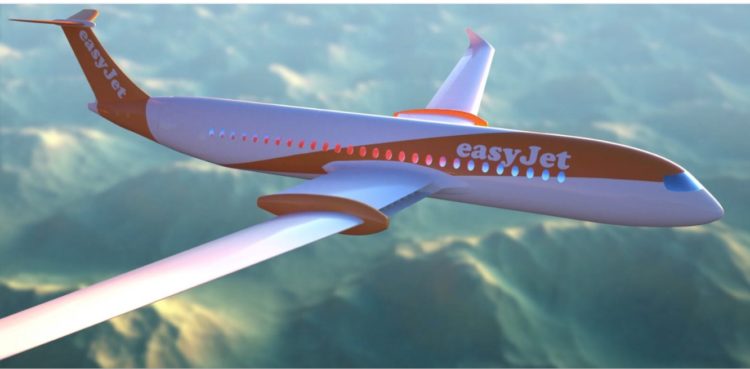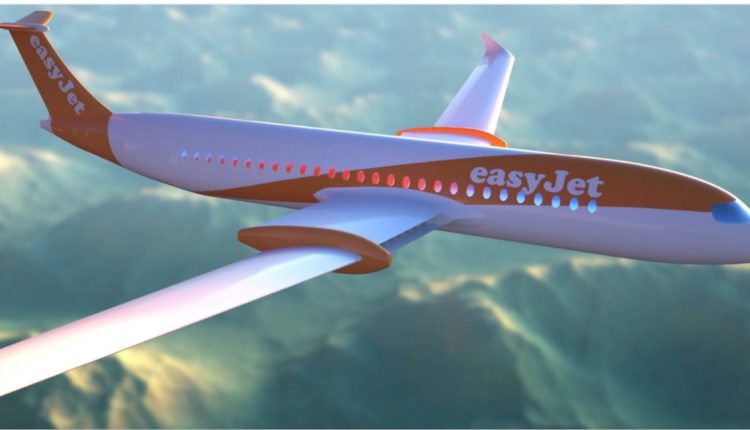Liverpool Airport’s biggest carrier has teamed up with California-based Wright Electric on a project that could revolutionise the sustainability of short-haul air travel. Tony McDonough reports

All-electric aircraft could be taking off from Liverpool John Lennon Airport (LJLA) by 2030, its biggest carrier easyJet says.
The low-cost carrier operates 32 routes out of LJLA has now offered a vision of short-haul commercial flights that won’t need aviation fuel, thereby slashing CO2 emissions, and is working with California-based Wright Electric on the project.
Wright is developing an electric engine that it intends to test on a nine-seater aircraft in 2019 after successful flights with a two-seater plane. After the nine-seater the next step would be a 50-seater aircraft.
Wright and easyJet aim to develop a full-size, all-electric commercial aircraft, capable of carrying 120 people capable of two hours of flying time or 500km, well within range of many of the carrier short-haul routes.
Routes out of Liverpool to destinations such as Amsterdam and Paris take little more than an hour – even Nice in the South of France is just two hours flying time away. They aim to have such a plane in the air by 2027 and in service by 2030.
All-electric aircraft would be revolutionary for the aviation sector, cutting emissions, noise and slashing operating costs. The rising cost of aviation fuel has proved troublesome for carriers across Europe this year.
Chief executive of easyJet, Johan Lundgren, said: “Looking forward, the technological advancements in electric flying are truly exciting and it is moving fast. Electric flying is becoming a reality and we can now foresee a future that is not exclusively dependent on jet fuel.
“We think the Netherlands has an opportunity to lead the way if the government and airports encourage airlines to operate in the most sustainable way now and in the future and incentivise them. We can definitely see a way forward in how we will get this aircraft into the fleet.”
One of the technical challenges of all-electric aircraft is the amount of thrust needed to get passenger jets in the air.
Wright Electric is developing an electric propulsion system distributed along the wing instead of large engines under each wing. It will also have a battery that can be easily replaced or swapped and long, thin wings to improve energy efficiency and reduce drag.
Wright chief executive Jeffrey Engler added: “We are excited about what the next year holds. easyJet has been a fantastic partner and we look forward to helping introduce low-emissions, low-noise aviation, to Europe.”

